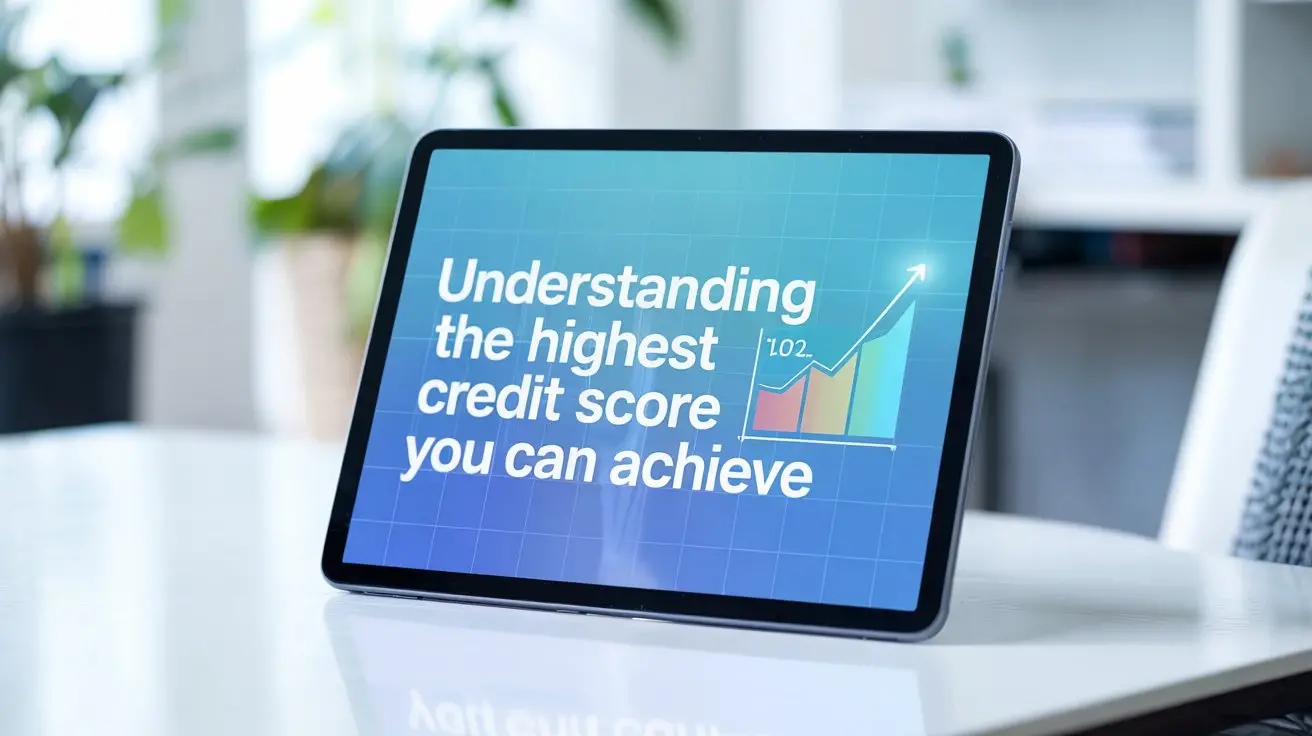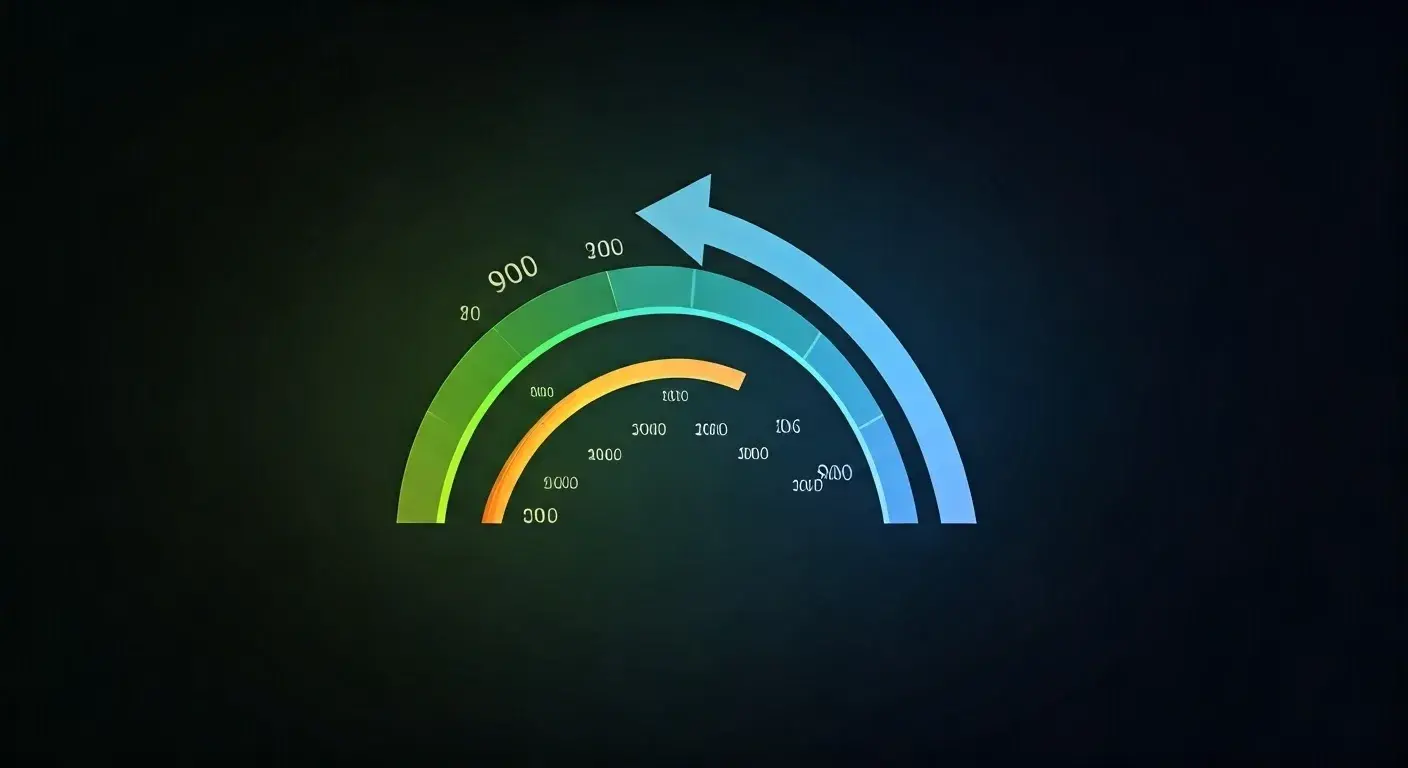Building credit is a fundamental aspect of financial health, impacting everything from loan approvals to interest rates and even rental applications. But where do you begin? What credit score do you start off with when you're brand new to the world of credit? The answer isn't as straightforward as you might think. This guide delves into the reality of starting your credit journey, exploring the concept of having "no credit" versus a "bad credit" score, and providing actionable steps to establish and build a healthy credit profile.
The Myth of a Starting Credit Score
Contrary to popular belief, you don’t automatically receive a credit score the day you turn 18 or open your first bank account. Instead, when you’re new to credit, you essentially have no credit score at all. This means you haven't yet established a credit history, which is the foundation upon which credit scores are built. Imagine it like building a house; you need a foundation before you can construct the walls and roof. Your credit history is that foundation.
This "no credit" state is different from having a "bad credit" score. A bad credit score indicates a history of mismanaged credit, such as late payments, defaults, or bankruptcies. Having no credit simply means there isn't enough information available to calculate a score.
Why "No Credit" Matters
While having no credit is preferable to having bad credit, it still presents challenges. Lenders rely on credit scores to assess risk. Without a credit history, they have no way of knowing how likely you are to repay a loan. This can make it difficult to:
- Get approved for credit cards
- Secure loans (auto, personal, mortgage)
- Rent an apartment
- Get favorable interest rates on loans and credit cards
- Even get approved for some utility services
Understanding Credit Scoring Models: FICO and VantageScore
To understand how credit scores are generated, it's crucial to know about the two main credit scoring models: FICO and VantageScore. While both aim to predict creditworthiness, they use slightly different algorithms and criteria.
FICO Score
FICO (Fair Isaac Corporation) is the most widely used credit scoring model by lenders. FICO scores range from 300 to 850, with higher scores indicating lower risk.
Key Factors in the FICO Score Calculation:
- Payment History (35%): This is the most important factor. Paying your bills on time, every time, is crucial. Late payments, even small ones, can negatively impact your score.
- Amounts Owed (30%): This refers to the total amount of debt you owe compared to your available credit (credit utilization). Keeping your credit utilization low (ideally below 30%) is essential. For example, if you have a credit card with a $1,000 limit, try to keep your balance below $300.
- Length of Credit History (15%): The longer you've had credit accounts open and in good standing, the better. This demonstrates responsible credit management over time.
- Credit Mix (10%): Having a variety of credit accounts (e.g., credit cards, installment loans) can be a positive factor, as it shows you can manage different types of debt.
- New Credit (10%): Opening multiple credit accounts in a short period can lower your score, as it suggests you might be taking on too much debt. Hard inquiries (when a lender checks your credit) can also have a small negative impact.
VantageScore
VantageScore is the other major credit scoring model, developed by the three major credit bureaus (Equifax, Experian, and TransUnion). VantageScore also ranges from 300 to 850.
Key Factors in the VantageScore Calculation:
While VantageScore considers similar factors to FICO, it places slightly different emphasis on them and uses a different algorithm. The factors include:
- Payment History (Extremely Influential): Similar to FICO, this is a critical factor.
- Age and Type of Credit (Highly Influential): This considers both the age of your credit accounts and the mix of credit you have.
- Credit Utilization (Highly Influential): Keeping your credit utilization low is important.
- Total Balances/Debt (Moderately Influential): The total amount of debt you owe across all accounts.
- Recent Credit Behavior and Inquiries (Less Influential): Recent credit activity and the number of credit inquiries have a less significant impact compared to FICO.
- Available Credit (Less Influential): The amount of unused credit you have available.
It's important to note that your credit score can vary slightly between FICO and VantageScore due to the different algorithms used. Lenders may use either model, so it's beneficial to understand both.
How to Start Building Credit From Scratch
If you're starting with no credit, don't worry! There are several effective strategies to establish a positive credit history and build a strong credit score:
1. Become an Authorized User on a Credit Card
Ask a trusted family member or friend with a long-standing credit card account and a good payment history to add you as an authorized user. As an authorized user, you'll receive a credit card in your name, and the account's payment history will be reported to the credit bureaus under your name. This can quickly boost your credit score, but make sure the primary cardholder manages the account responsibly, as their actions will affect your credit as well.
Important Note: Not all credit card companies report authorized user activity to the credit bureaus. Confirm with the card issuer that they do before becoming an authorized user.
2. Apply for a Secured Credit Card
A secured credit card is a great option for individuals with no credit or bad credit. You'll provide a security deposit (usually equal to your credit limit), which acts as collateral for the card. Use the card responsibly, make on-time payments, and after a period (typically 6-12 months), the card issuer may convert it to an unsecured credit card and return your deposit. Secured credit cards report to the credit bureaus, allowing you to build credit history.
Tips for Using a Secured Credit Card:
- Keep your credit utilization low (below 30%).
- Pay your balance in full each month to avoid interest charges.
- Choose a card with a reasonable annual fee.
- Track your credit score regularly to monitor your progress.
3. Apply for a Credit-Builder Loan
A credit-builder loan is a small loan designed specifically to help people build credit. Unlike a traditional loan, you don't receive the money upfront. Instead, the lender holds the loan amount in a savings account, and you make regular payments over a set period. Once you've repaid the loan, you receive the funds. The lender reports your payment history to the credit bureaus, helping you establish a positive credit record.
Finding a Credit-Builder Loan:
- Check with local credit unions and community banks.
- Online lenders also offer credit-builder loans.
4. Report Rent and Utility Payments
Traditionally, rent and utility payments haven't been included in credit reports. However, some credit reporting services and companies now allow you to report these payments, which can help boost your credit score, especially if you have limited credit history. Services like Experian Boost and RentReporters can help you report these payments.
5. Retail Credit Cards (Use with Caution)
Retail credit cards, also known as store cards, can be easier to obtain than traditional credit cards. However, they often have high interest rates and limited use (usually only at the issuing store). If you choose to get a retail credit card, use it responsibly and pay your balance in full each month to avoid interest charges.
Important Tips for Building and Maintaining Good Credit
Building credit takes time and discipline. Here are some essential tips to ensure you build a solid credit profile:
- Always Pay Your Bills On Time: Payment history is the most crucial factor in your credit score. Set up automatic payments to avoid missing deadlines.
- Keep Your Credit Utilization Low: Aim to keep your credit utilization below 30% on each credit card.
- Monitor Your Credit Report Regularly: Check your credit report from all three major credit bureaus (Equifax, Experian, and TransUnion) at least once a year for errors or inaccuracies. You can get a free credit report from each bureau annually at AnnualCreditReport.com.
- Avoid Applying for Too Much Credit at Once: Opening multiple credit accounts in a short period can lower your score.
- Don't Close Old Credit Accounts: Keeping old credit accounts open (even if you don't use them) can help increase your overall available credit and lower your credit utilization.
- Be Patient: Building a strong credit score takes time and consistent effort. Don't get discouraged if you don't see results immediately.











